Voronezh: the Capital of the Black Earth Region
Voronezh was a very important city for Russia in the days of Peter the Great. It was here where the first Russian warships were built under the guidance of the emperor. From here Peter the Great set off on a campaign which ended in capturing the Turkish fortress of Azov. Today, the replica of the first ship «Goto Predestinatsia» (literally God’s Providence) is a symbol of the million city. Quite interesting is the history of the confectionery factory, which actually appeared here thanks to the Princess of Oldenburg. Tourists visit these parts just to hear these stories and walk around the local unique reserves.
Отели города Voronezh
See all
Restaurants

17j Kvartal
Banquet room • Café • Pizzeria
+7 473 2299444

BalaganCity
Restaurant • Brewery • Banquet room • Sushi bar
+7 473 2332233
Payment methods:

BossFor
Restaurant • Banquet room • Lounge • Hookah bar • Catering
+7 473 2598253
Payment methods:

Green Hat
Brewery • Pub
+7 961 6152252
Payment methods:
All sights in VoronezhSee all
Places of interest in Voronezh

Nature Reserve “Divnogorie”
Architectural Monuments • Other places
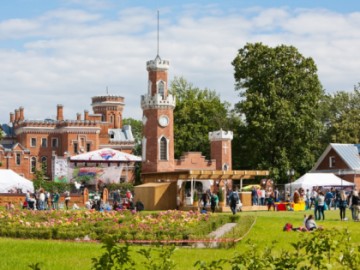
Ramon Palace
Architectural Monuments • Other places
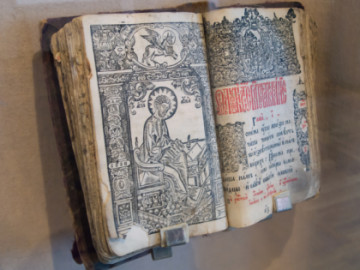
Voronezh Regional Museum of Local Lore
Museums and Exhibitions • Other places
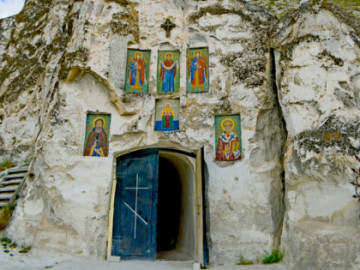
Holy Saviour Convent
Architectural Monuments • Temples and places of worship • Abbeys and Monasteries • Other places
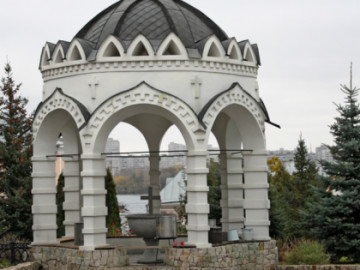
Alekseev-Akatov Convent
Architectural Monuments • Temples and places of worship • Abbeys and Monasteries • Other places
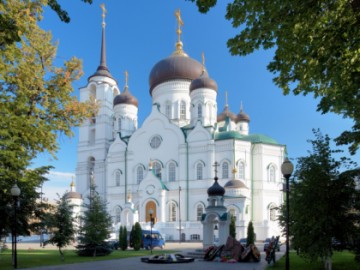
Cathedral of the Annunciation
Architectural Monuments • Temples and places of worship • Cathedrals and churches • Other places
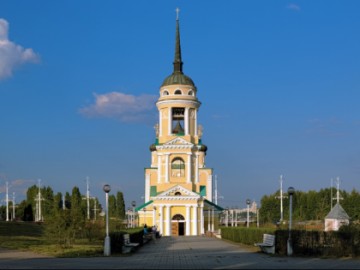
Admiralty Church of the Assumption
Architectural Monuments • Temples and places of worship • Cathedrals and churches • Other places
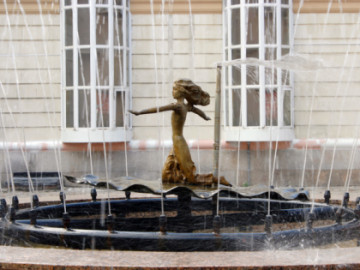
Puppet Theater & Museum
Museums and Exhibitions • Other places
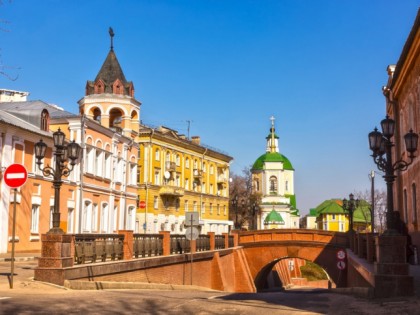
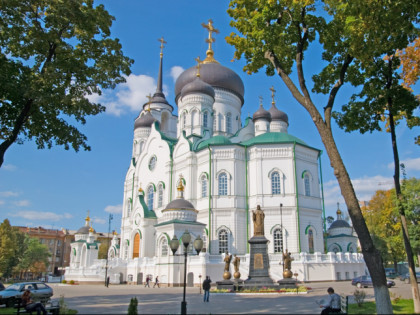
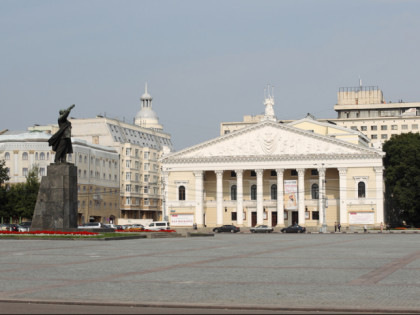
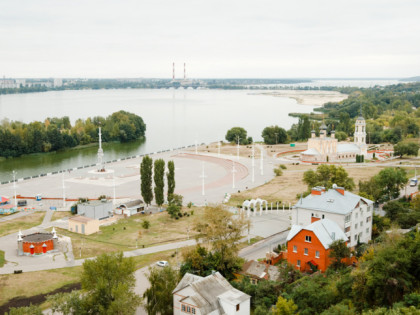
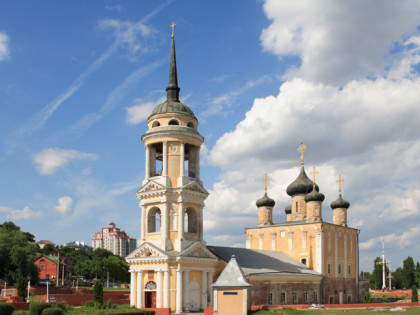
 Museums and Exhibitions
Museums and Exhibitions
 Parks and recreation
Parks and recreation
 Other places
Other places
 Architectural Monuments
Architectural Monuments
 Temples and places of worship
Temples and places of worship